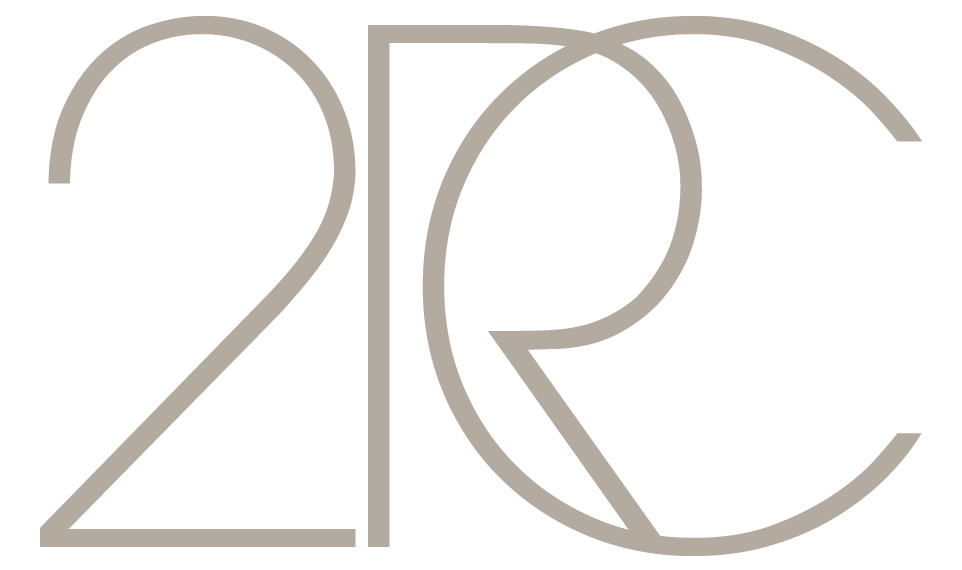Afro
graphic works - 1970-1974
Text by Nello Ponente

NIt would not have been possible that so much pictorial knowledge, so much accuracy of trade and fluency of imageries, had not all turned upside down, at a certain point in Afro's parable, in the experimentation of new techniques. Techniques, such as in particular those of engraving, which by their very nature and specificity of the procedures, pose continuous problems of control and overcoming both mechanical schematisms and the obvious randomness that the use and yield of inks, in printing, require and propose. Every painting by Afro, on paper or on canvas, has always been subjected to precise elaborations; however sensitive and sensitive his painting was, and still is, it has always been born from a rigorous mental control that has varied, for an optical functionality, every primary suggestion, the reasons from which the formal discourse has unfolded, were they are determined by the imagination or even by naturalistic references. The color itself, subtly dosed for quantity and quality of illuminations, that color which, in an academic tradition, would have been considered only a manifestation of a feeling and not of a rationality, has always been subjected to a mental domain, has been bent each time. to a logic of composition, whose components were certainly those of the liveliest points of modern artistic culture (from cubism to surrealism, so to speak), but which nevertheless created a different organicity of the structure, which made present the reveries , in perfect dimensions, without ever smears of uncontrolled sentimentality to contaminate the clarity of the speech. A little more than a year ago Cesare Brandi could see that "in this sense Afro's abstractionism is the most concrete there is, because it is always subtended by a chromatic research which, without being able to say tonal, manages to enhance the timbres by extolling them, making them transparent and bright ». And already before, with regard to the juxtaposition of organicity, James Johnson Sweeney had referred to the artist a thought taken from the Phénomène humain by Teillard de Chardin, according to which this need for the organic is what is needed to discover "the physical ties and the structural unity beneath the superficial juxtapositions of successors and collectivities ». These are two judgments that I refer to as they seem to me to complement each other, and which coincide with mine.
Now, in this order of considerations, the engraving techniques cannot be considered as an occasional and fortuitous moment of the artist's experience, but as proof, testimony and, above all, a dialectical moment of research, of an essentialization, of a experimentation of times and values, of spaces and backgrounds, of automatisms and intentionality. And everything serves to enrich, modify, ultimately evolve the motifs that Afro elaborates in his painting and which therefore involve new problems and new structural solutions. Knowledgeable as he is by ancient profession and never repudiated, wisdom is always called into question, it is still to be reached, to be conquered day by day. And I would also say without worry, with simplicity, with the ease of hand that freely traces the mark on the large - and sometimes very large - copper plates, a fluency that corresponds perfectly to an immediacy of sensations and an agility of concepts and which controls, from the first at the last stage of the engraving and printing process, the property and density of the chromatic results, the width of the zones, the clarity of their profiles and the need for their nuances and interpenetrations. To create an engraving, Afro starts from an idea, from a project that is materially constructed like a painting but which then, brought back to the plate by his own skilled hand - a gluckliche Hand without expressionistic anxiety - is subjected to infinite variations, in the awareness that the result must be different because the means are different, the difficulties that it opposes to the same hand are different. Thus sheets are born that, while still remaining in the context of the artist's poetics, expressions of a specific conceptuality, stir up the forms in different displacements and accentuations, even say they file them, load them and download them with color, according to the relationship that is established with all the considered needs of the medium: with the plate, with the inks, with the paper, with the same material imperfections that are corrected or exploited to become other imperfections.
I have always thought, indeed I have always found that, unlike a lot of modern painting, that of Afro needs a relatively long reading time. This need for a more careful and lengthy observation, this obligation imposed on the observer to go deeper, "below the superficial juxtapositions", are even more highlighted in the engravings, both for the understanding of the technical procedure to which they are subjected in the aquatints. , either for the perception of the layers of different chromatic intensity, which require to be penetrated, which must be analyzed and then reconstructed in a synthesis - this so very rapid - that the organicity of the graphic and chromatic textures impose. A happy hand, therefore, and a happy eye, but for happiness of mind and clarity of formulation; I would say for the very enjoyment of painting (in whatever way it is done), for trust not disavowed in the possibilities that it has to collect, in its organicity, every memory and every present, to offer them in a dimension that, due to the complexity and accuracy of interventions, goes back to being logically natural and in which, therefore, one spontaneously participates.


